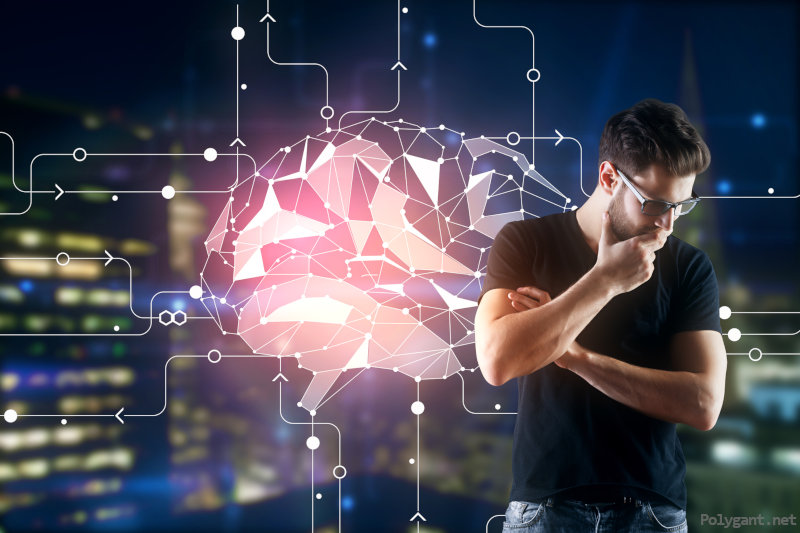This decade, the entire technology-and-innovation infrastructure has been centred around Artificial Intelligence. At the same time, most are confused about what it is actually and where it may lead. Here are 5 prevailing misbeliefs about AI.
Table of Contents
AI is designed for a ubiquitous task
Today’s world makes use of artificial intelligence nearly everywhere it can: voice assistance, unmanned vehicles, end-to-end production automation, etc. This is why the most crucial thing in dealing with this technology is to realize its ‘realm’. One thing is certain: AIs vary. For example, IBM-developed chess-playing computer Deep Blue, that beat Garry Kasparov in 1997, was based on a quite different technology than AlphaGo, a digital Go master that Lee Sedol could do nothing against in their notorious 2016 game. As long as organizations throughout the world focus on machine and deep learning more and more extensively, it is important to determine the classification the scientists use when describing their work. Consequently, we will clearly understand that companies only superficially contact with such a wonder as AI.
AI is just hype
They often criticise AI and deep learning as something that has nothing substantial in it, only instigating fuzzbuzzing around. But, the blame in this context lies on the global obsession with deep learning. Most frequently though, the biased opinion originates from the news that feeding the rumour mill being lopsided in their views. AI is constantly evolving. The methods some experts had recently rooted for can now fade into insignificance. Some aged concepts that emerged decades ago, in return, can give a comeback and grow with fresh vigour. Just like everywhere, this field knows no linear progression.
Take neural networks, for example. Initially suggested in 1944, they gained and lost traction in good and bad times. Today, they have retrieved their title of the underpinning of AI-related cutting-edge advancements. It is neural networks that help your smartphone understand what you say, and Facebook recognize your friends in photos. All this is the reason why companies of our days endeavour to develop omni-purpose marketing tools that could not only identify and segment the target audience but also estimate advertising budgets.
Strong AI is coming very soon
Admass people are used to believing AI is smarter than human but still less conscious. In fact, artificial intelligence and deep learning can be used in fields that only humans have been able to manage before. It’s already composing music and predicting court decisions, which has become a practice in the European Court of Human Rights.
Yet, machines still need to be ridden at achieving and fulfilling the goals they are supposed to reach. AI-based software has to pass long and hard training before it can deliver any considerable results. This is what impedes the appearance of powerful AI, as not every learning model or algorithm can contribute to the development of such a flawless system. But these ‘educational’ mechanisms play the integral role in the common thinking of the AI essence.
AI is to solve all the problems of any company
Of course, AI-inspired apps can help any company or project. But only one technology is as good as none. And even though these instruments are very mighty, their implementation is limited so far. It is simple to explain: most of these tools are tailored to doing certain actions, e.g. responding to customer requests or diagnosing specific diseases. The results they bring can be extra fine but it’s not an easy task to redirect the model core to another field or task.
AI handles any form of data
AI algorithms are hugely sensitive to input information. If you raise them using low-quality data, you will inevitably see the misleading output. Any data fed to the algorithm needs to be as accurate and complete as possible — this is the only way to achieve the desired result. Not a single company can upload a ton of unverified data to a neural network and sit idle waiting for a brilliant harvest. Instead, the entries should be processed by the internal system first, to ensure that the algorithm is to receive the high-grade information.
Artificial intelligence keeps riveting attention. We are ready to meet new knowledge and discoveries, while the industry is pretty saturated with smart doers. No matter what the next disruption, the critical aspect we have to understand is how far the advancements have come already and how far we still have to go.


 Telegram
Telegram 
